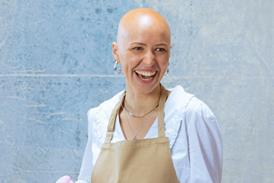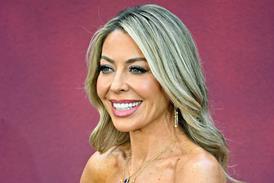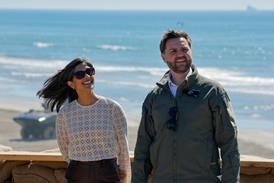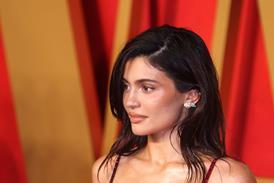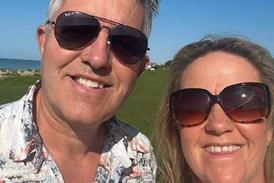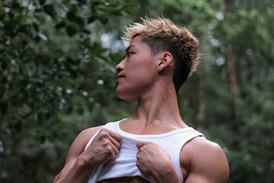- Hot topics
- Join Now!
‘I work with crystals – but it’s not what you think’

Professor Delia Haynes researches the properties of many of the crystals used in pharmaceutical drugs. Here she speaks about her work, and how she marries her faith with being a scientist
Based in the department of chemistry and polymer science at Stellenbosch University in South Africa, Professor Delia Haynes’ research and expertise focuses on crystals. But it’s prone to assumption: “When I say to people, ‘I work with crystals’, often the response I get is something about crystal healing.”
To continue reading, register today for more access!
If you are a member or a registered user, or if you already have a login for another Premier website SIGN IN HERE

Sign up for your free account now!
Registering is quick and easy and gives you immediate access to read more articles, plus:
- You’ll receive a weekly newsletter every Saturday with the top stories of the week
- You can save articles to read later
- You can share your comments and thoughts on the stories
Or become a member today for unlimited access! Special offers are available!
If you already have an account with a Premier website SIGN IN HERE



